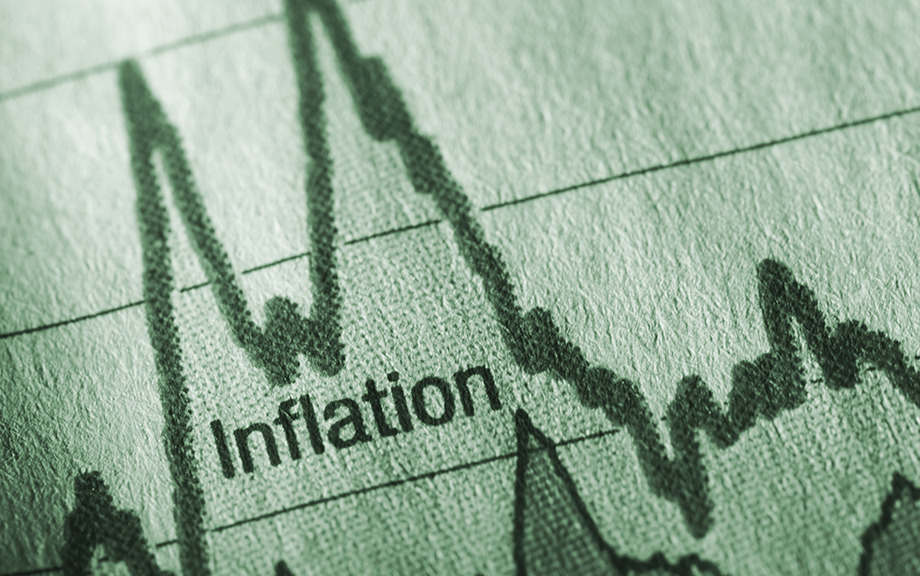Expectations and the Final Mile of Disinflation

In the aftermath of the COVID-19 pandemic, the U.S. economy experienced a swift recovery accompanied by a sharp rise in inflation. Inflation has been gradually declining since 2022 without a notable slowdown in the labor market. Nonetheless, inflation remains above the Federal Reserve’s 2 percent target and the path of the so-called final mile remains uncertain, as emphasized by Chair Powell during his press conference in January. In this post, we examine the unemployment-inflation trade-off over the past few years through the lens of a New Keynesian Phillips curve, based on our recent paper. We also provide model-based forecasts for 2024 and 2025 under various labor market scenarios.
How Could Oil Price and Policy Rate Hikes Affect the Near‑Term Inflation Outlook?

Since the start of the year, oil prices have risen sharply owing to worsening expectations regarding global oil supply. We’ve also had an acceleration of inflation in the United States and the euro area, as well as a sharp steepening of the expected paths of policy rates in both economies. These factors, combined with the potential for a slowdown in growth, have made the inflation outlook quite uncertain. In this post, we combine the demand and supply oil price decomposition from the New York Fed’s Oil Price Dynamics Report with yield curve data to quantify the likely path of inflation in the United States and the euro area over the next twelve months. Based on our analysis, we anticipate that inflation will likely remain elevated through the second quarter of 2023, despite payback for the inflationary impact of current negative oil supply shocks during the second half of 2022 and the disinflationary effects of tighter monetary policy.
Inflation Persistence: How Much Is There and Where Is It Coming From?

The surge in inflation since early 2021 has sparked intense debate. Would it be short-lived or prove to be persistent? Would it be concentrated within a few sectors or become broader? The answers to these questions are not so clear-cut. In our view, one should ask how much of the inflation is persistent and how much of it is broad-based. In this post, we address this question through a quantitative lens. We find that the large ups and downs in inflation over the course of 2020 were largely the result of transitory shocks, often sector-specific. In contrast, sometime in the fall of 2021, inflation dynamics became dominated by the trend component, which is persistent and largely common across sectors.










 RSS Feed
RSS Feed Follow Liberty Street Economics
Follow Liberty Street Economics